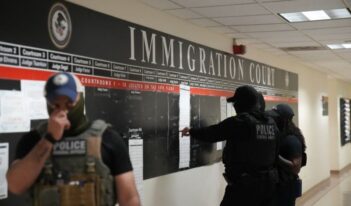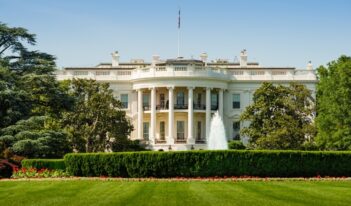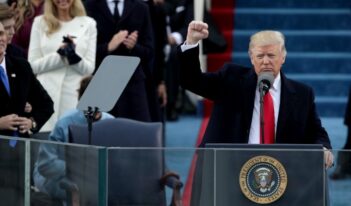
The President’s executive order purportedly ending family separations was merely symbolic.
Responding to widespread condemnation of the separation of immigrant children from their families, President Trump made a rare retreat last week. Reversing course, he signed an executive order that he claimed “takes care of the problem” of family separation.
In reality, his order did nothing to guarantee the end of separation. It mattered symbolically, not legally.
The symbolic effect took political pressure off the Administration. It may also have reinforced the efforts of government officials of good will who are trying to reunite the thousands of children already taken from their families. But the order does not actually require reunification. Nor does it alter the Administration’s zero-tolerance policy that precipitated the crisis.
More fundamentally, Trump’s order itself does not compel any end to the systematic separation of innocent children from their families.
The first two sections of the brief order merely provide a statement of purpose and definitions. The order’s operative section—Section 3(a)—states that the Department of Homeland Security “shall, to the extent permitted by law and subject to the availability of appropriations, maintain custody of alien families during the pendency of any criminal … or immigration proceedings involving their members.” The word “together” appears nowhere in this sentence. The Department can fully “maintain custody of alien families”—and thus comply with this provision—by keeping custody of children in New York City and their parents in South Texas.
Perhaps surprisingly, Section 3(b) actually still favors family separation: “The Secretary shall not, however, detain an alien family together when there is a concern that detention of an alien child with the child’s alien parent would pose a risk to the child’s welfare.” The word “however” cleverly makes it seem like the order generally requires keeping families together—even though it does not. More importantly, Section 3(b) contains an affirmative command that supports continuing to separate children from their families. Why? Because there is always “a risk” to a child’s (or any person’s) welfare to do anything. Some risk is all around us, in everything we do and in any place we go. It is certainly well understood that placing children in detention, even with their family members, will do them harm.
The order also says there need not be any actual risk, but just “a concern” about risk—and then children “shall not” be detained together with their families.
Normally, judgments about risk call for weighing the risks of different options and then choosing the one with the least risk. In family law cases, courts are expected to act in the “best interests of the child.” This legal principle requires comparing how a child will fare under different custody arrangements and then choosing the best option. Trump’s executive order, by contrast, does not call for doing what is best for children. It says instead that, if there is any “concern” of “risk” with keeping children detained with their families, the government must not do so. It does not matter if the risks to children from separation are still greater, as long as there is some “concern” of “a risk” of being detained together with families. Of course, the order also does not say to avoid detaining families at all, even together, if doing so would endanger a child’s welfare.
The executive order is curiously worded if it is supposed to “take care of the problem” of having government pull children out of their parents’ arms. The order’s preamble suggests that the order is not really intended to solve the separation problem. At the very outset—in four sentences, no less—the order articulates the President’s desire “to rigorously enforce our immigration laws.” Almost as an afterthought, the order then includes one sentence stating a broad desire “to maintain family unity” by detaining families together—but only “where appropriate and consistent with law and available resources.” Keeping kids with their families is not a priority, just something nice to do, if convenient.
Trump’s executive order affords immigrant children no meaningful protection. As is true of executive orders generally, it also has no binding legal effect. It expressly states that it “is not intended to, and does not, create any right or benefit … enforceable at law.”
Despite President Trump’s claim that his executive order means “we are keeping families together,” continued public vigilance will be needed—not only to ensure the reunification of children already separated from their families, but also to prevent the continuation of horrific practices of separating innocent children from their families in the months ahead.
This essay originally appeared as an op-ed in The Hill.




